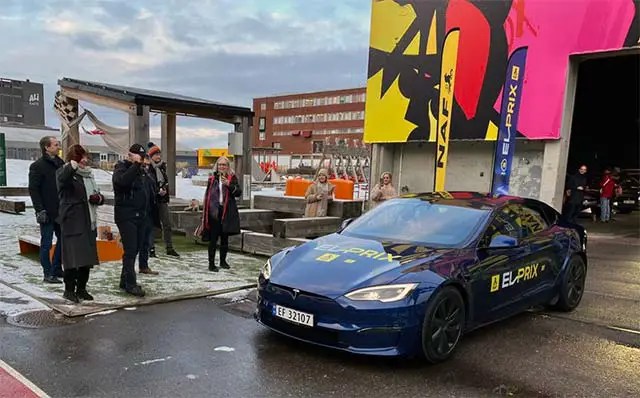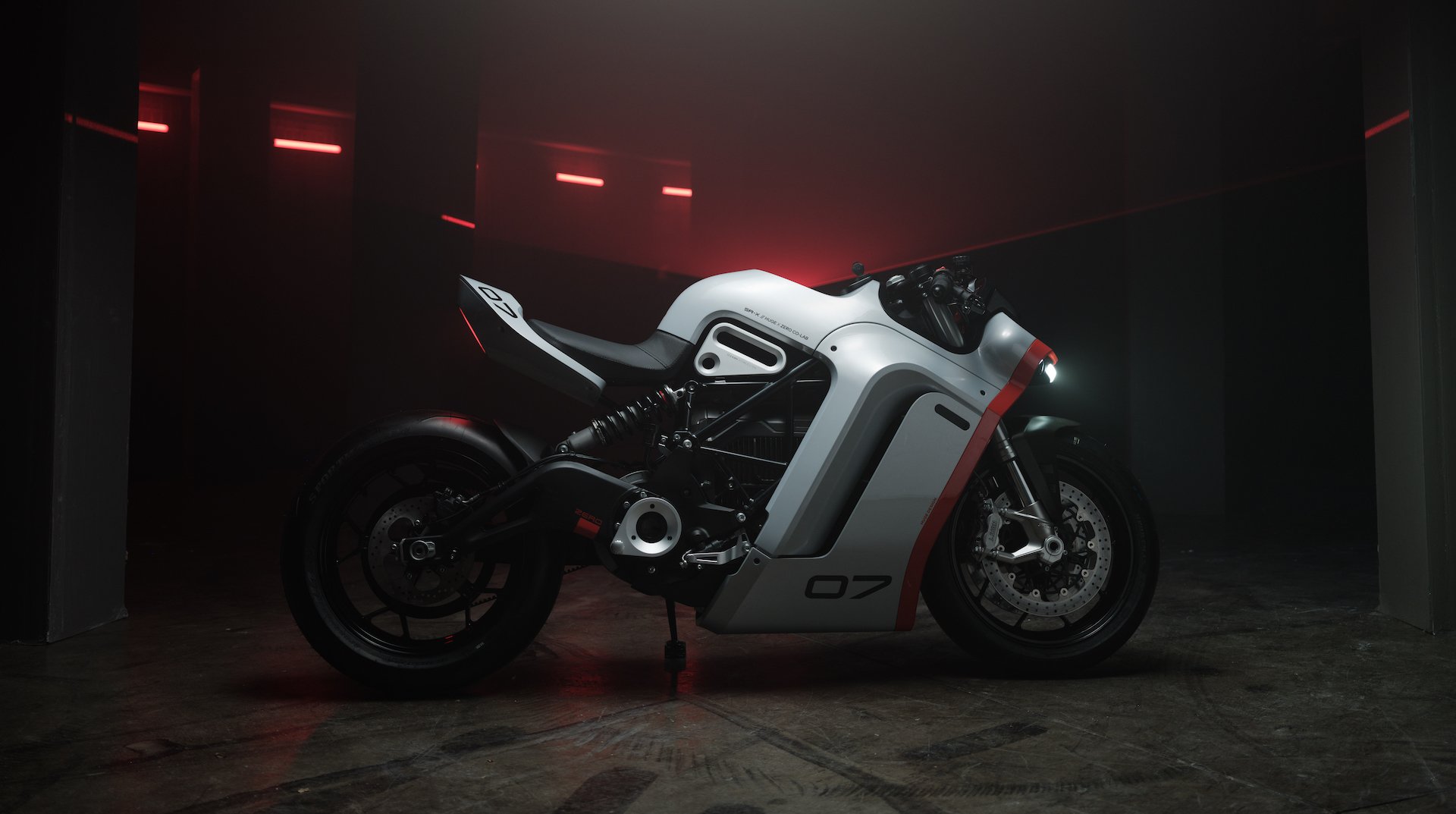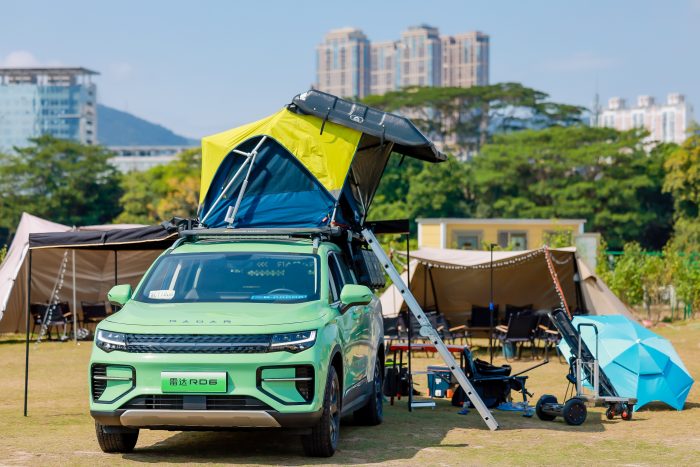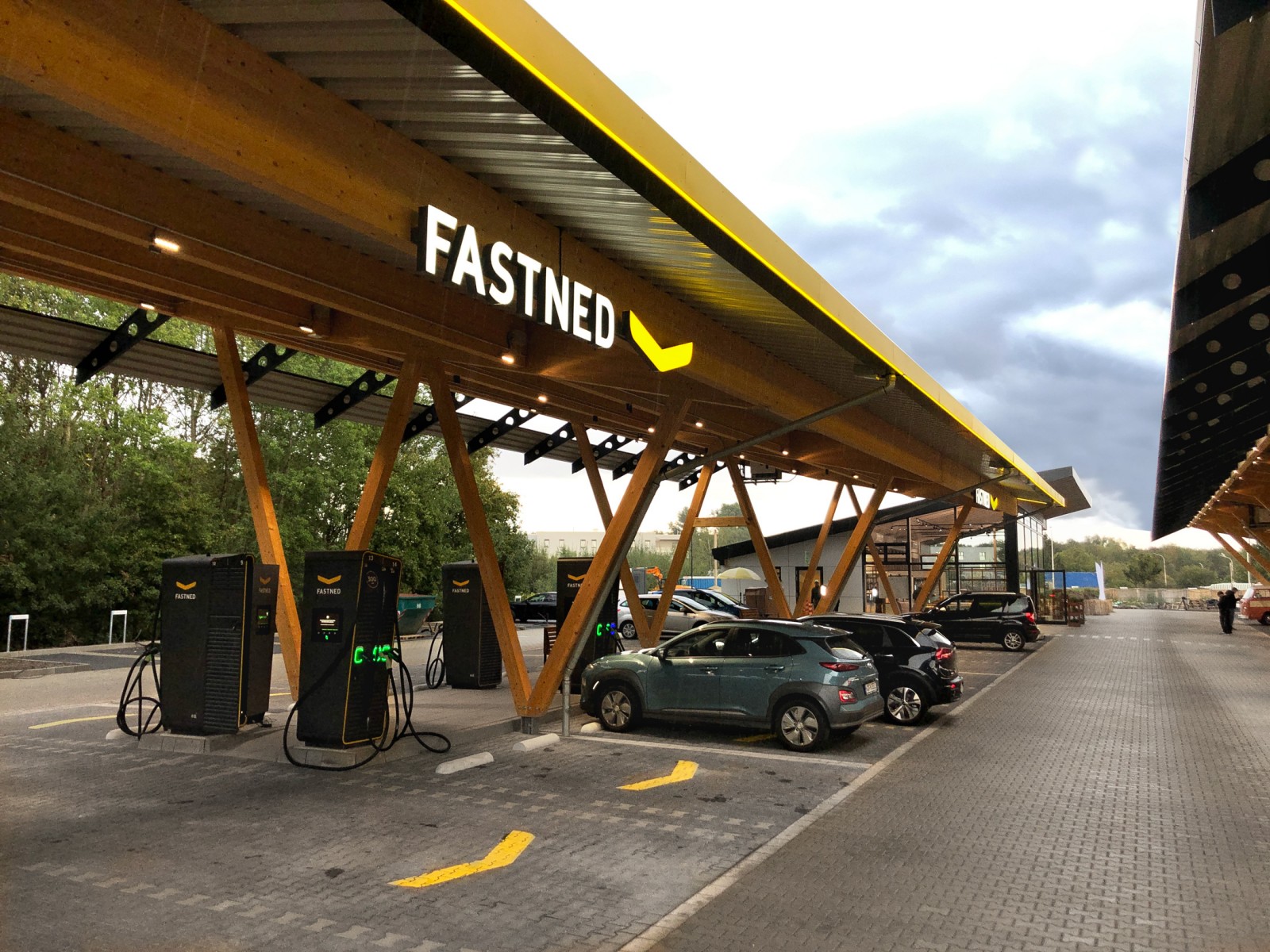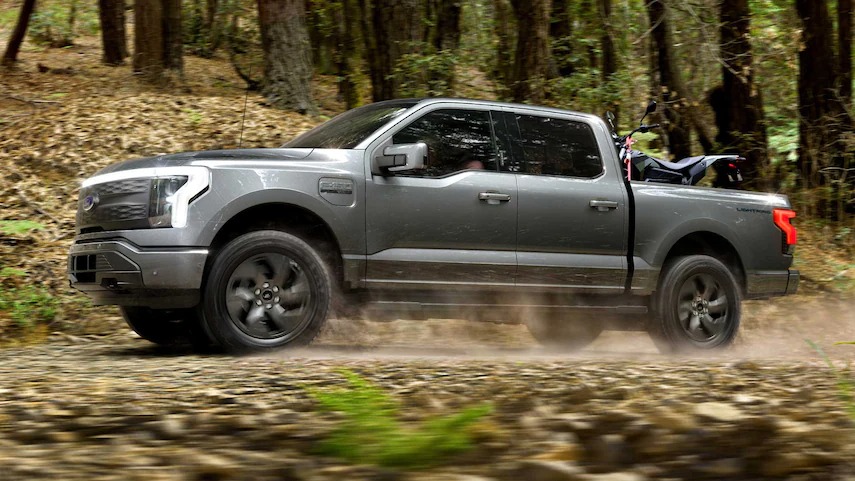Norwegian Automobile Federation (NAF) and Motor magazine have recently conducted the world’s largest winter electric car test, assessing the range and charging speed of electric cars available in Norway. The test was conducted on 29 electric car models, starting from Oslo and going through Lygnasæter, Gjøvik, Ringebu, Dombås, Hjerkinn, Folldal before heading south to Venabygdsfjellet and then back to Ringebu. The cars were started with a fully charged battery without preheating, with the temperature overnight being between -10 and -15°C.
See also: Finnish Minerals Group and Epsilon Advanced Materials considers construction of anode material plant
The test aimed to determine the effective range of electric cars in winter weather, what happens when the cars go into power-saving mode, and how quickly the electric cars charge from 10 to 80%. The test results showed that the Tesla Model S drove the farthest, setting a record of 530 kilometers in cold winter weather before running out of power. Last year, the Tesla Model 3 LR Dual Motor drove 521 kilometers in temperatures between 0°C and -10°C. This year, temperatures were slightly colder, ranging from 0°C to -19°C.
The Maxus Euniq6 was declared the winner of the test, as it came the closest to its advertised range (WLTP), finishing at 317 kilometers, only 10.45% short of its advertised 354 km range. The NAF Senior Communications Advisor Nils Soedal noted that the best cars in the test were those that came closest to their stated range.
See also: Winter Cost Comparison: EVs Still Cheaper Than ICE Vehicles, Study Shows
Previous test results showed a deviation from the official range between 4% and 32%. In this year’s test, four cars had a greater deviation between their advertised and actual range. Soedal emphasized the need for an official test of the range of electric cars in winter, stating that “our hope is that this will be included in a European winter-WLTP.”
The results of this test highlight the challenges faced by electric cars in cold winter weather and the need for more accurate range estimates. As electric cars become more popular, it is important to address these challenges to increase consumer confidence in electric cars and promote their adoption.

